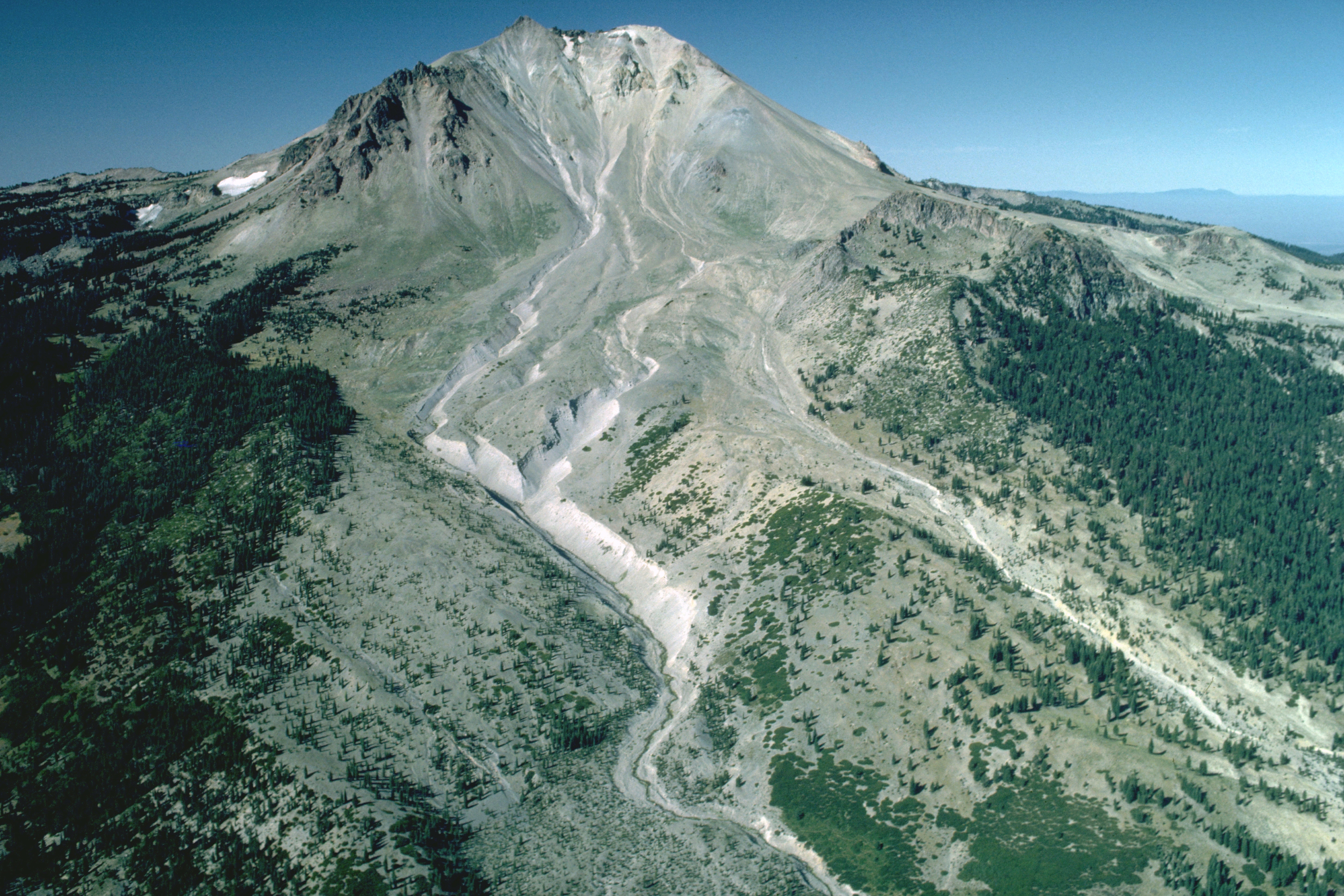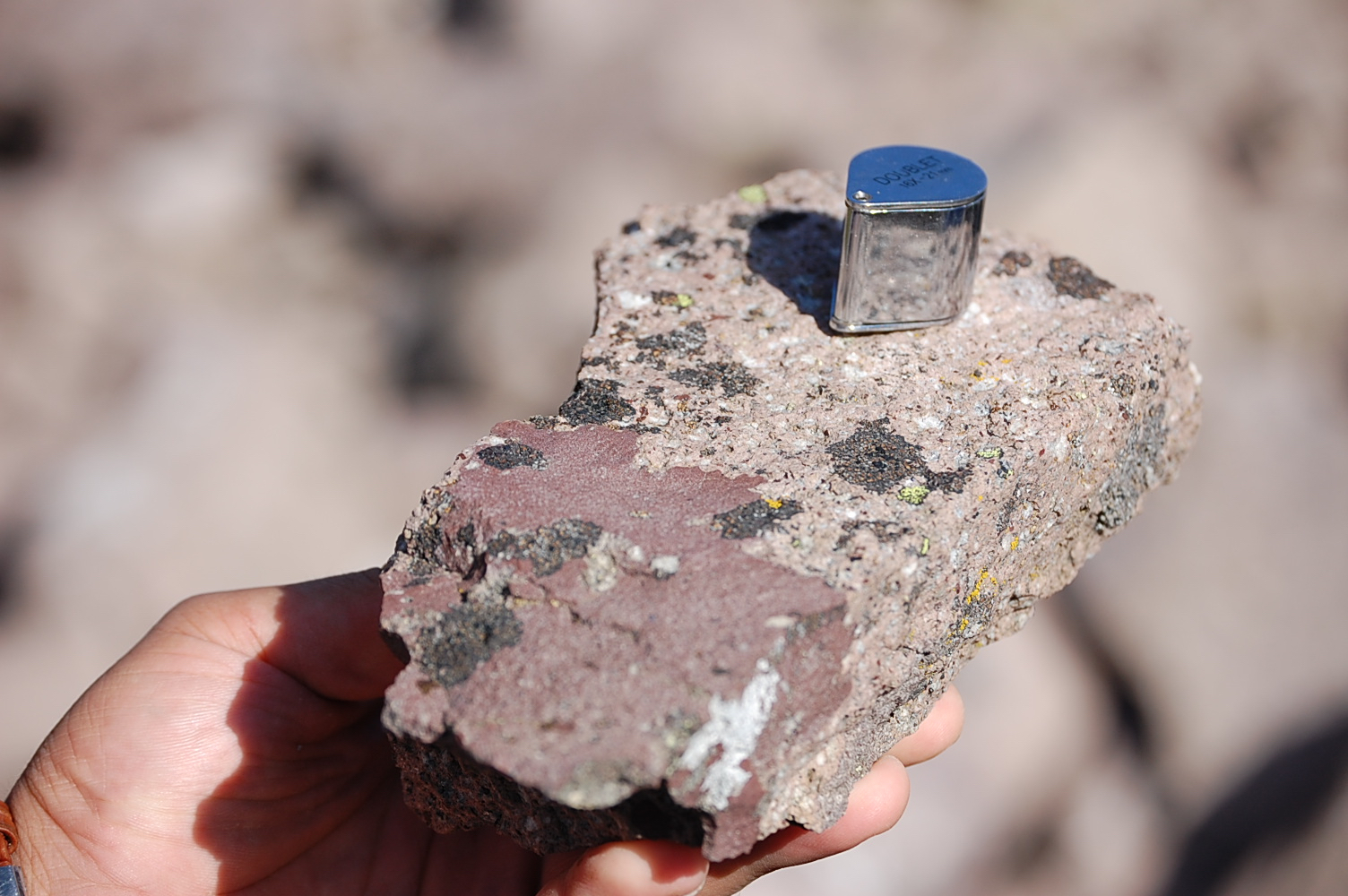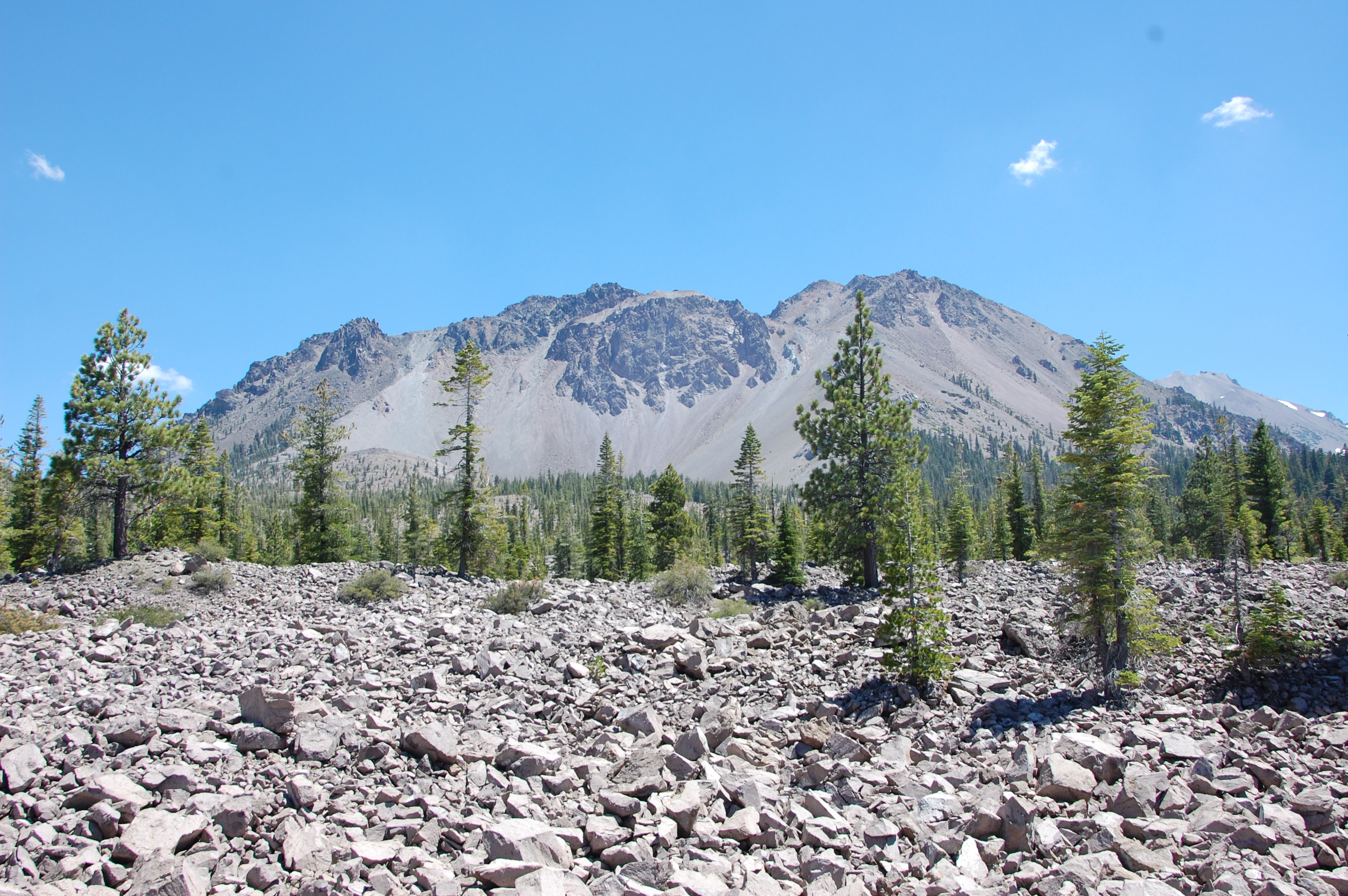How to Cook Up a Volcano: Heat and Serve

Some volcanic eruptions are sparked by a simple trick home cooks know: adding a little warm broth can revive yesterday's leftovers.
At California's Lassen volcano, small blobs of fresh molten rock reheated part of the volcano's old, cooling magma, triggering several recent eruptions, a new study reports. The magma beneath the volcano resembled congealed leftovers — a warm slush of crystals surrounded by small pockets of molten rock too thick and sticky to erupt.
Moreover, the new molten rock can stir up eruptions in a short time frame — only a few hundred years, researchers report today (Dec. 3) in the journal PLOS ONE.
"I'm trying to dispel this idea that volcanoes are mountains sitting on top of a giant cauldron of swirling magma," said lead study author Erik Klemetti, a volcanologist at Denison University in Ohio. Instead, "at Lassen, we've probably got a big body of mush that's left to cool and solidify, and you have to defrost it to start it erupting again," Klemetti said.
Brewing eruptions
Lassen is the southernmost active volcano in the Cascade Range. Lassen's most recent eruption began in 1914. Though tiny by volcanic standards, it started with spectacular steam blasts, which were followed in 1915 with a stratospheric ash explosion and a devastating avalanche called a pyroclastic flow. The aftermath was preserved as Lassen Volcanic National Park. An larger, earlier eruption built lava domes called the Chaos Crags 1,100 years ago. The eruption that created Lassen Peak took place 27,000 years ago. [Amazing Images: Volcanoes from Space]
Each of these three eruptions left behind lavas with zircons, which are crystals that provide researchers with a record of the conditions in Lassen's magma chamber. As magma cools underground, zircons in the molten rock slowly grow layers that can be read like tree rings, providing information on the magma's temperature, timing and changing chemical makeup. The crystals also indicate when new batches of magma intruded into the mush beneath Lassen.
Get the world’s most fascinating discoveries delivered straight to your inbox.
The recent eruptions tapped into a warm pocket of crystals and magma pooled a few miles (about 5 kilometers) beneath Lassen volcano, according to the analysis by Klemetti and co-author Michael Clynne of the U.S. Geological Survey. Though the three eruptions span 27,000 years in time on the surface, the zircons are much older, and the different lavas all had crystals that were similar in composition and age. "I think it's interesting. It shows [the eruptions all contained] the same shared body of crystals," Klemetti said. [The World's Five Most Active Volcanoes]
Lassen volcano was more dynamic 300,000 years ago, spreading ash across several states during powerful outbursts, but the frequency and size of its eruptions declined starting 190,000 years ago. The majority of the zircons collected during the study crystallized during the volcano's long quiet period, 190,000 to 90,000 years ago, the researchers reported. (The history of volcanic activity at Lassen goes back 800,000 years.) During this quiet period, new magma was injected into the underground volcanic system without causing surface eruptions, the researchers discovered.
Reuse and recycle
A pulse of hotter basalt magma pushing into the mushy crystal mix from below set off the recent eruptions by heating and liquefying a small portion of the older magma. This process was relatively quick — it was likely a few decades to centuries between the new magma arriving and the eventual eruption, the researchers reported. Like grains of sugar in hot liquid, zircon crystals can't survive for long in hot magma, which helps pin down the timing. Finding zircons in the erupted lavas means the crystals had a quick trip to the surface.
"We can say that it was probably decades to centuries of heating before an eruption occurred in order for the zircons to be preserved," Klemetti told Live Science.
Lassen now joins a growing list of active volcanoes that hoard mushy old magma. And some scientists are proposing that molten rock is worth a closer look as a risk factor for impending eruptions. However, both the new study and earlier work have found that new magma can intrude without triggering a volcanic blast.
Nor can researchers yet answer why new magma suddenly rises from deeper levels of the Earth, or how often it appears. "It's still an open question as to why the injections are happening and when they are happening," Klemetti said. "That is something the zircons aren't going to be able to solve."
Follow Becky Oskin @beckyoskin. Follow Live Science @livescience, Facebook & Google+. Originally published on Live Science.





